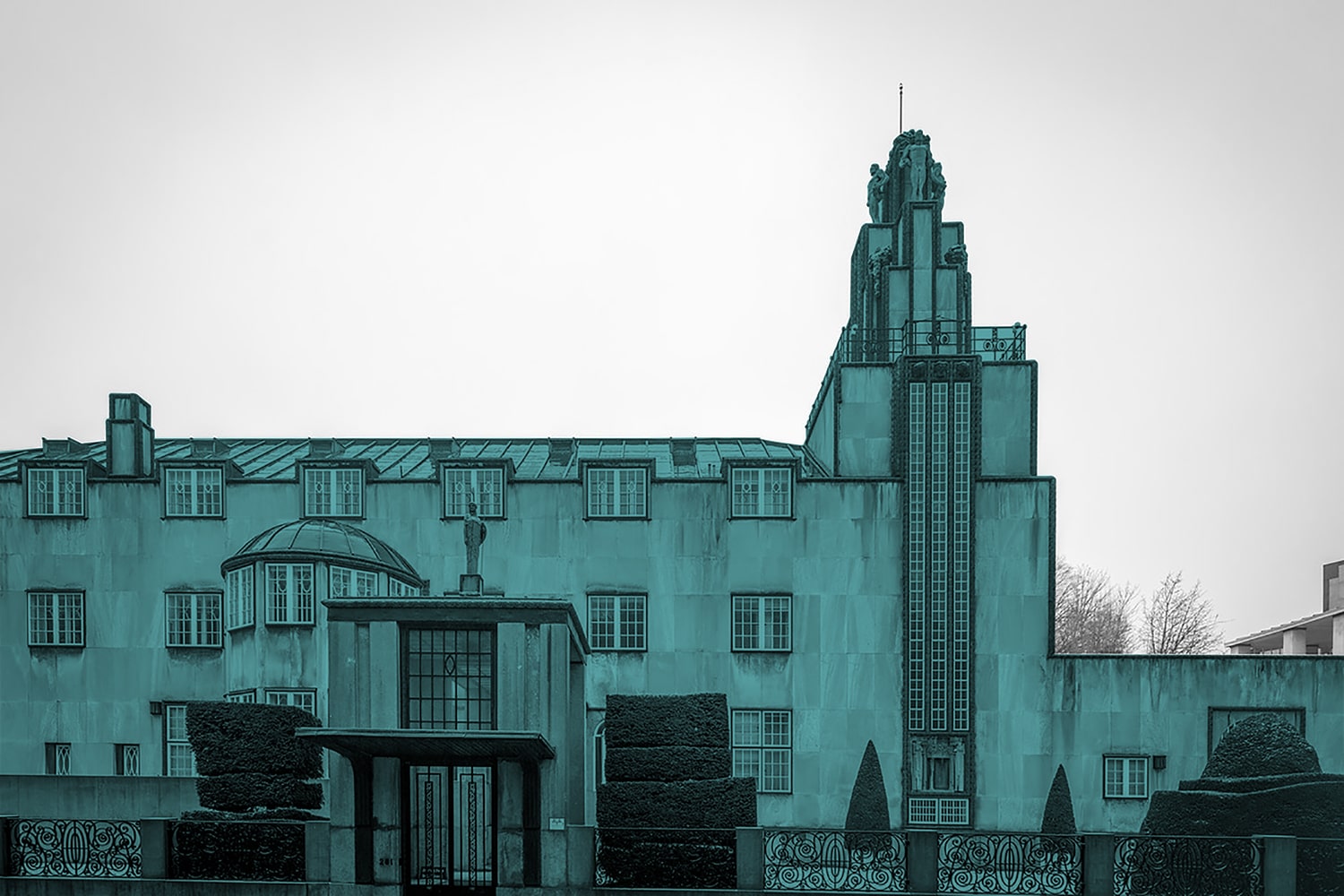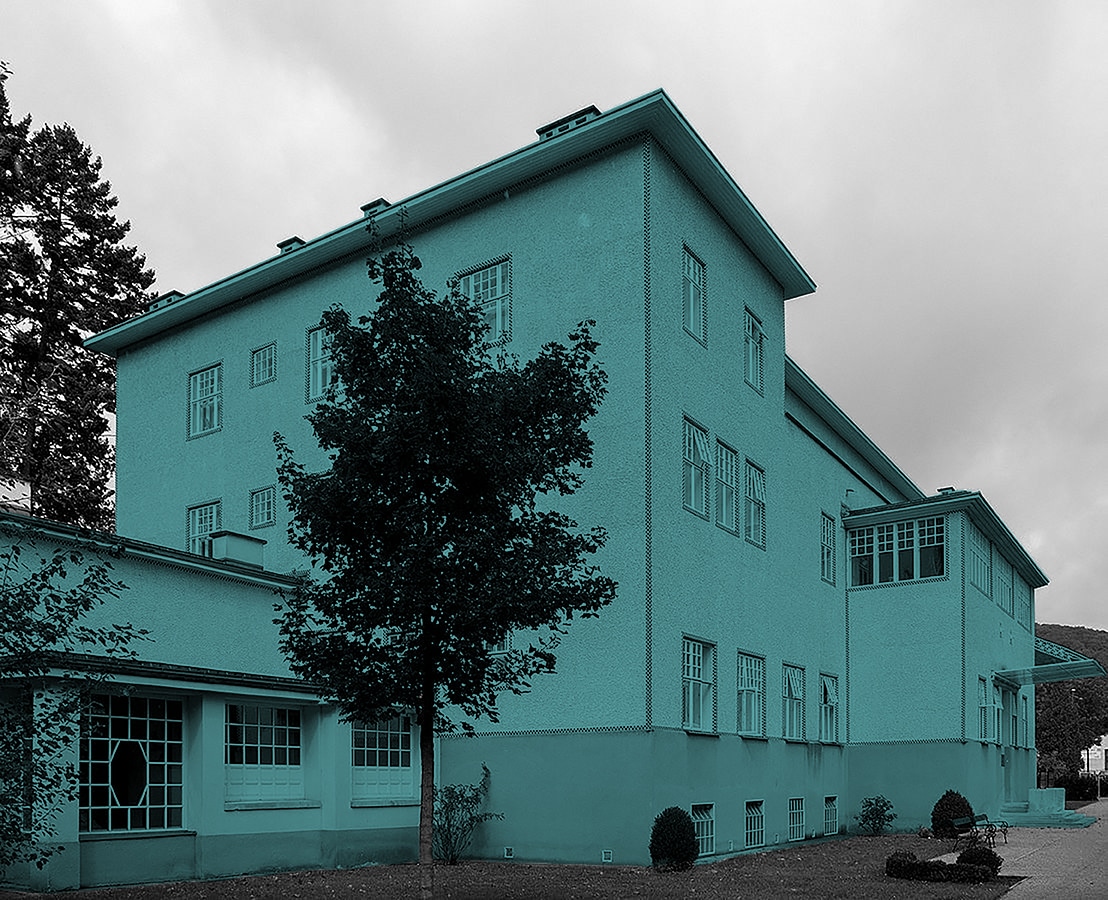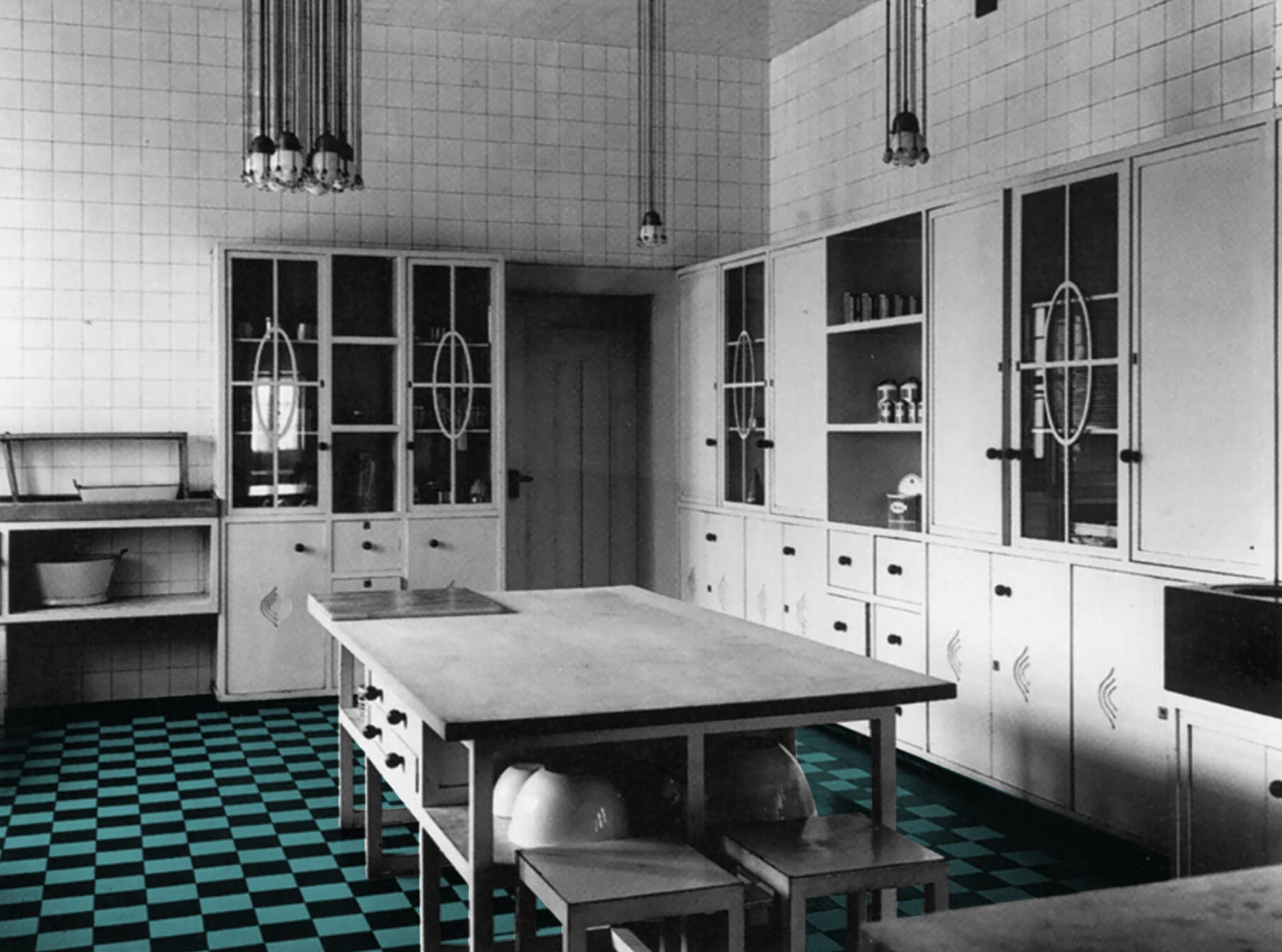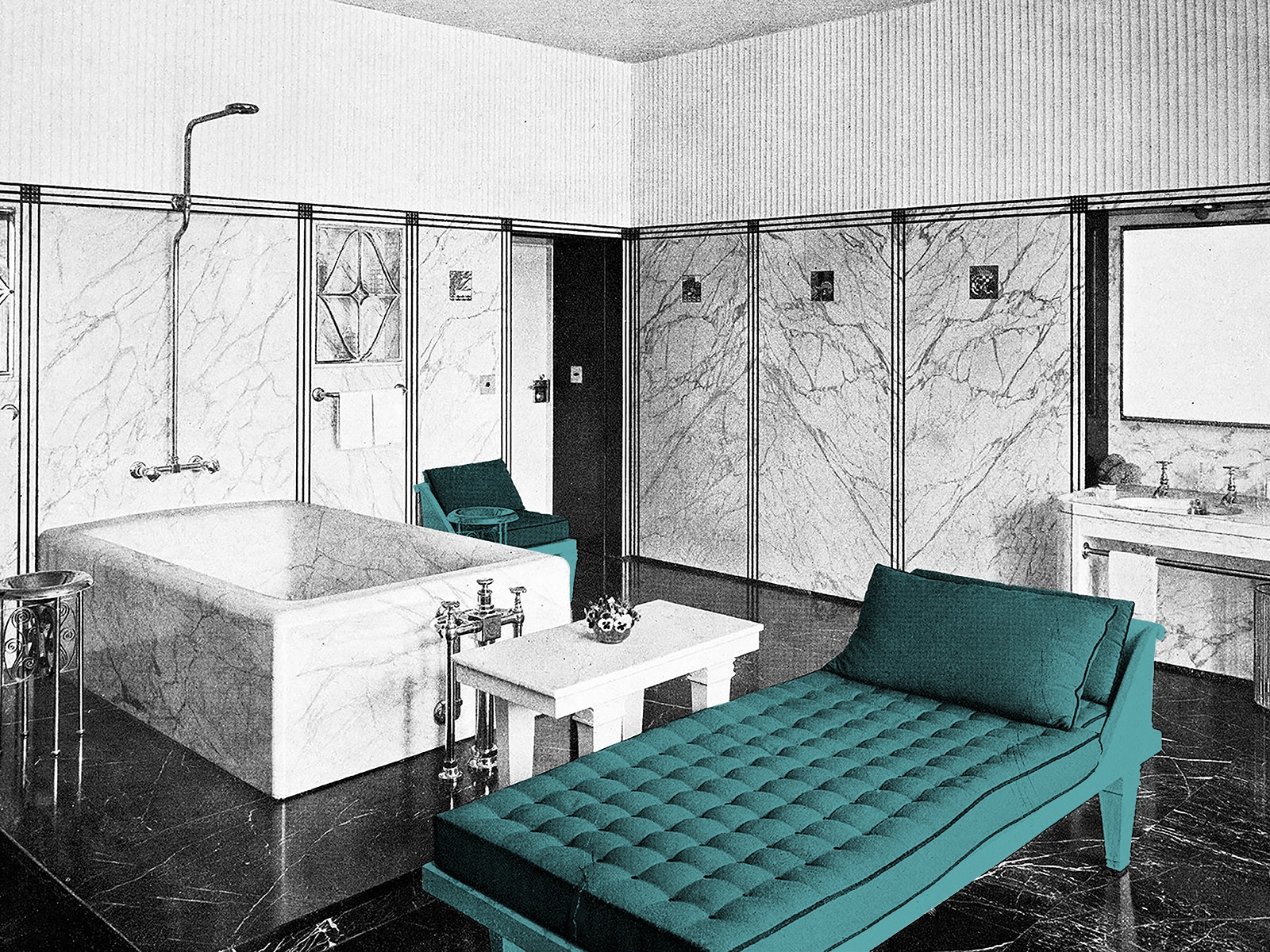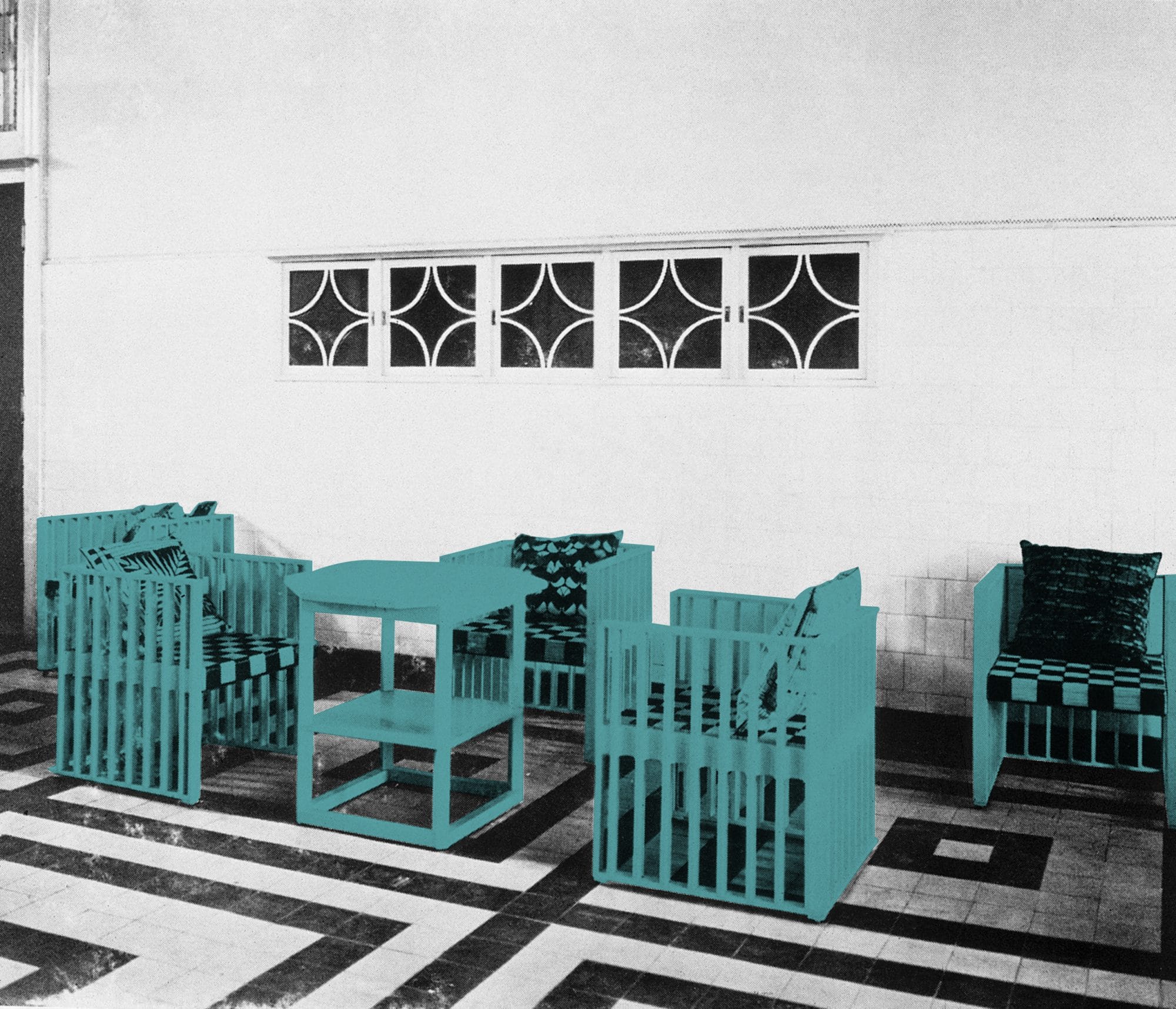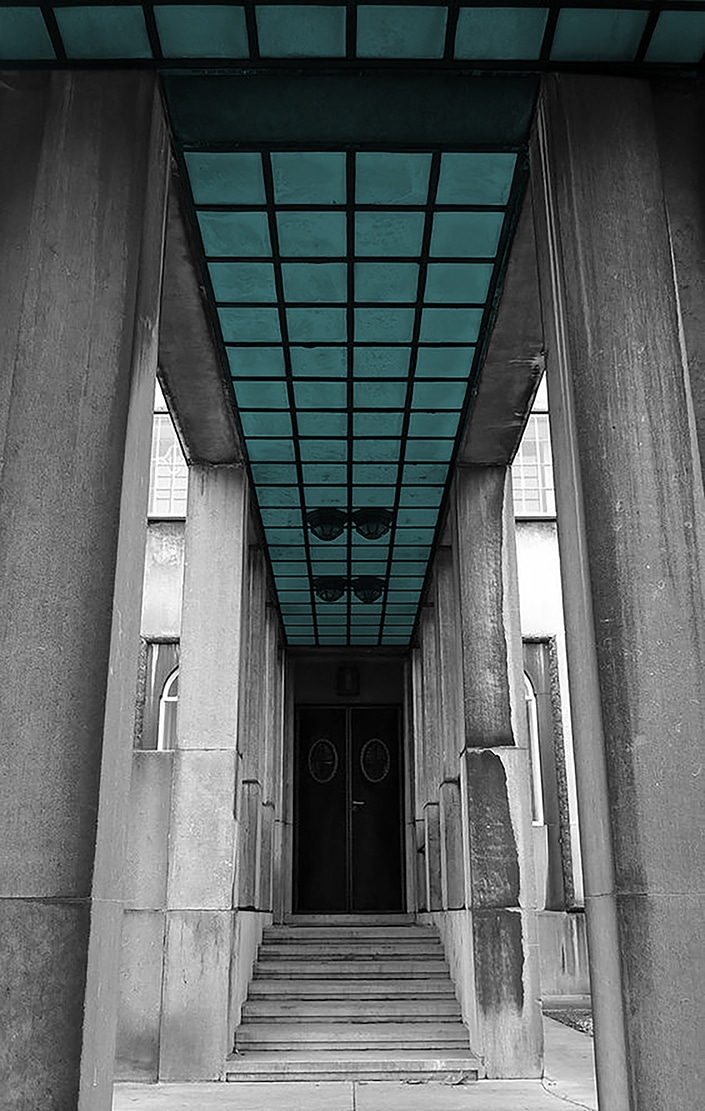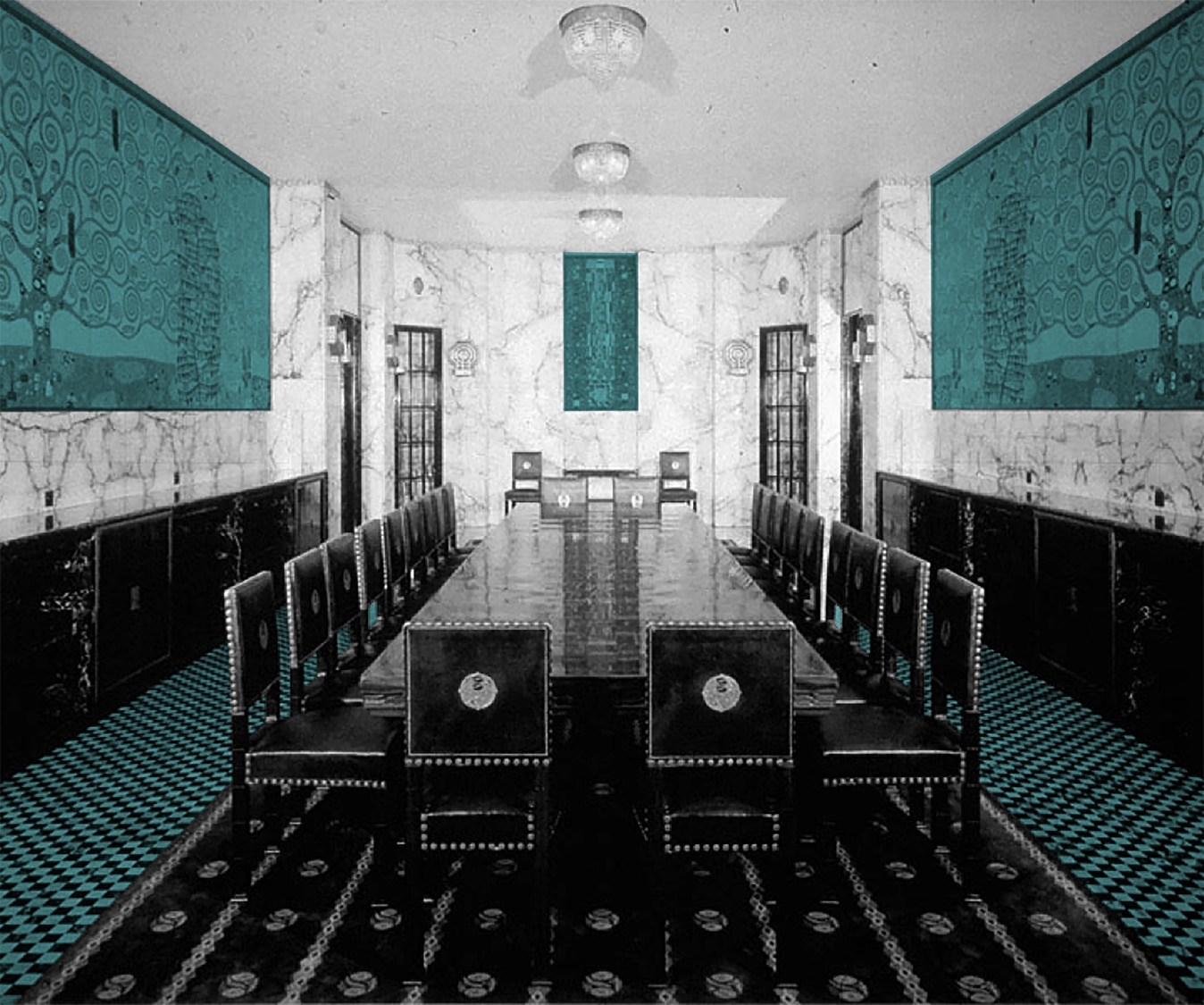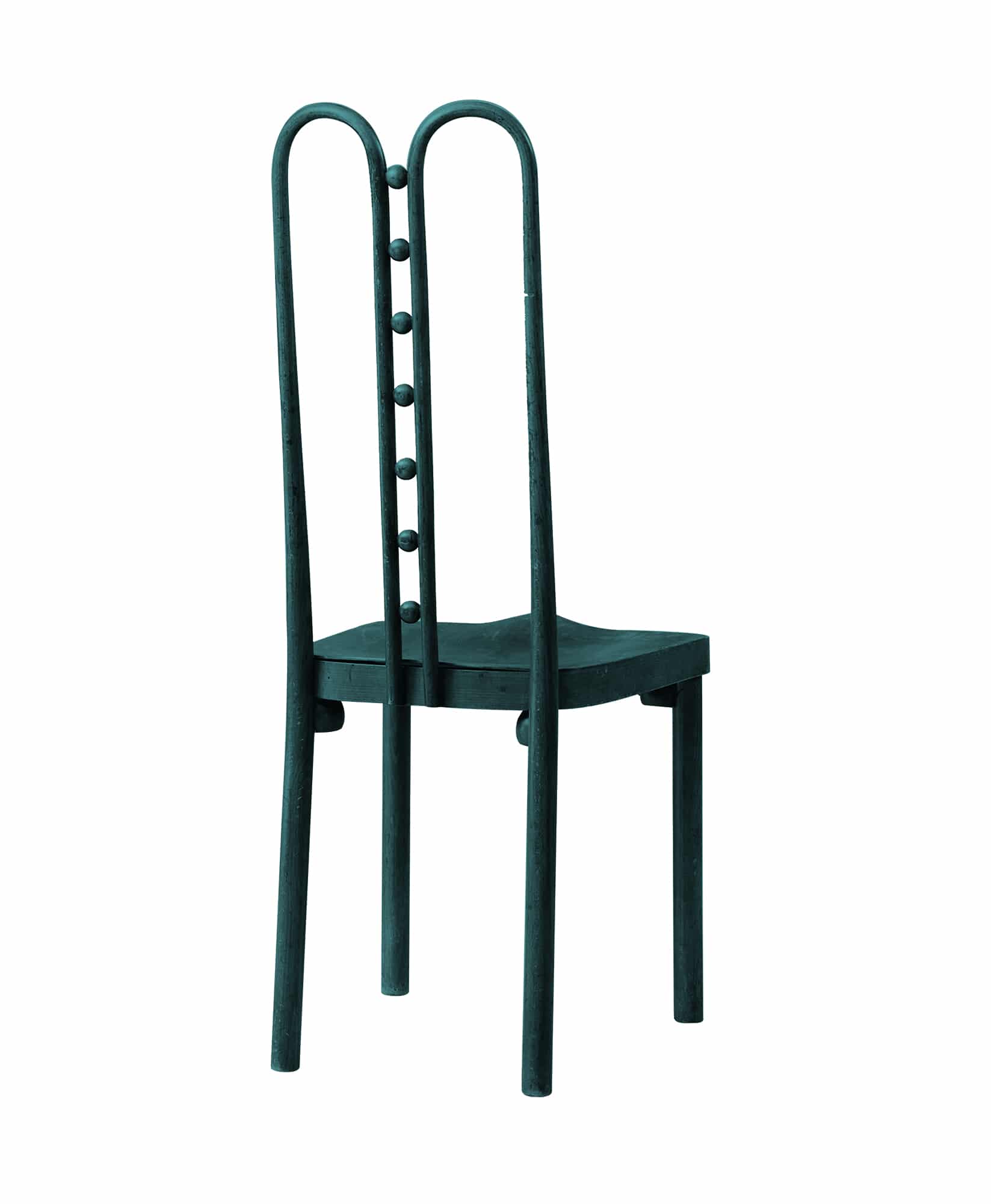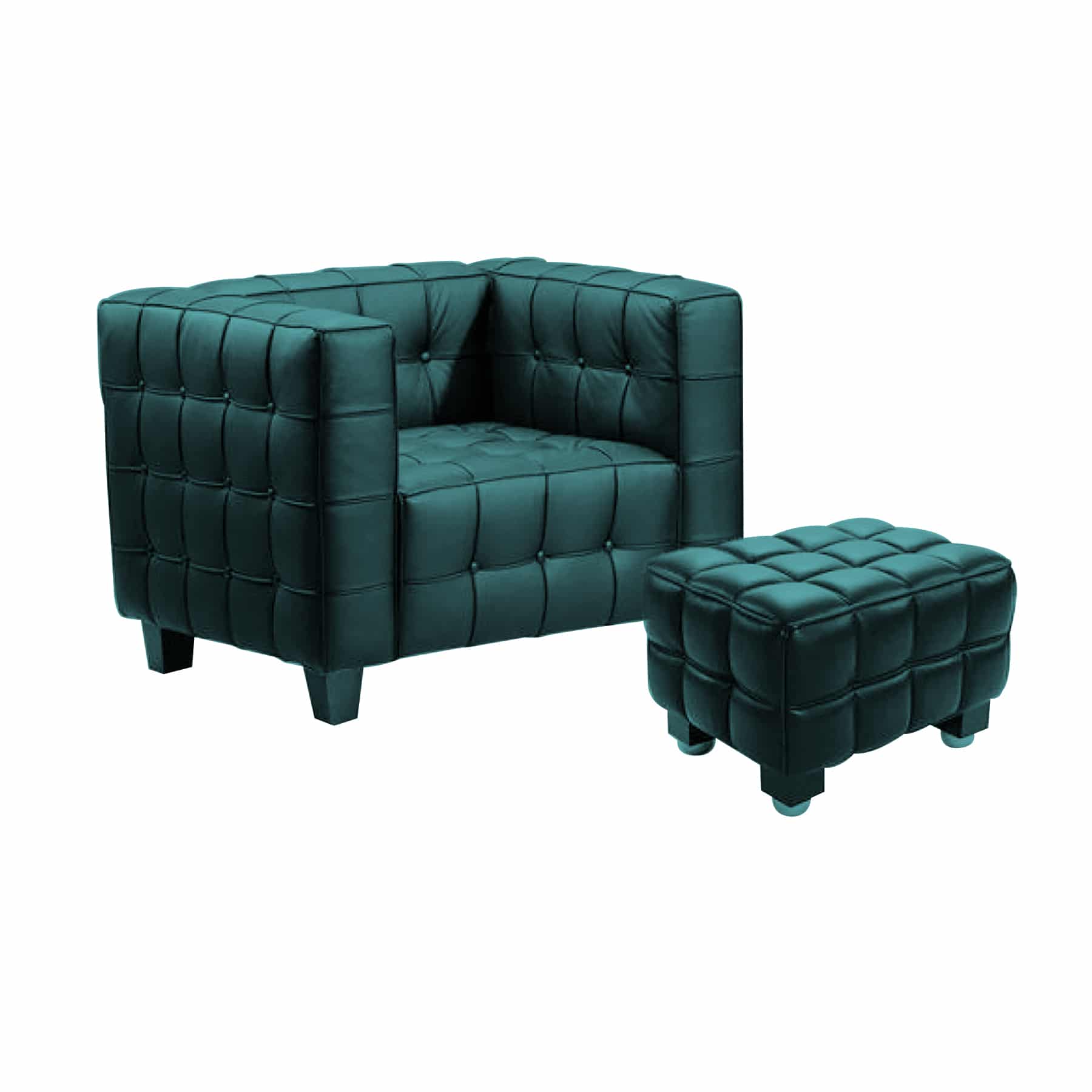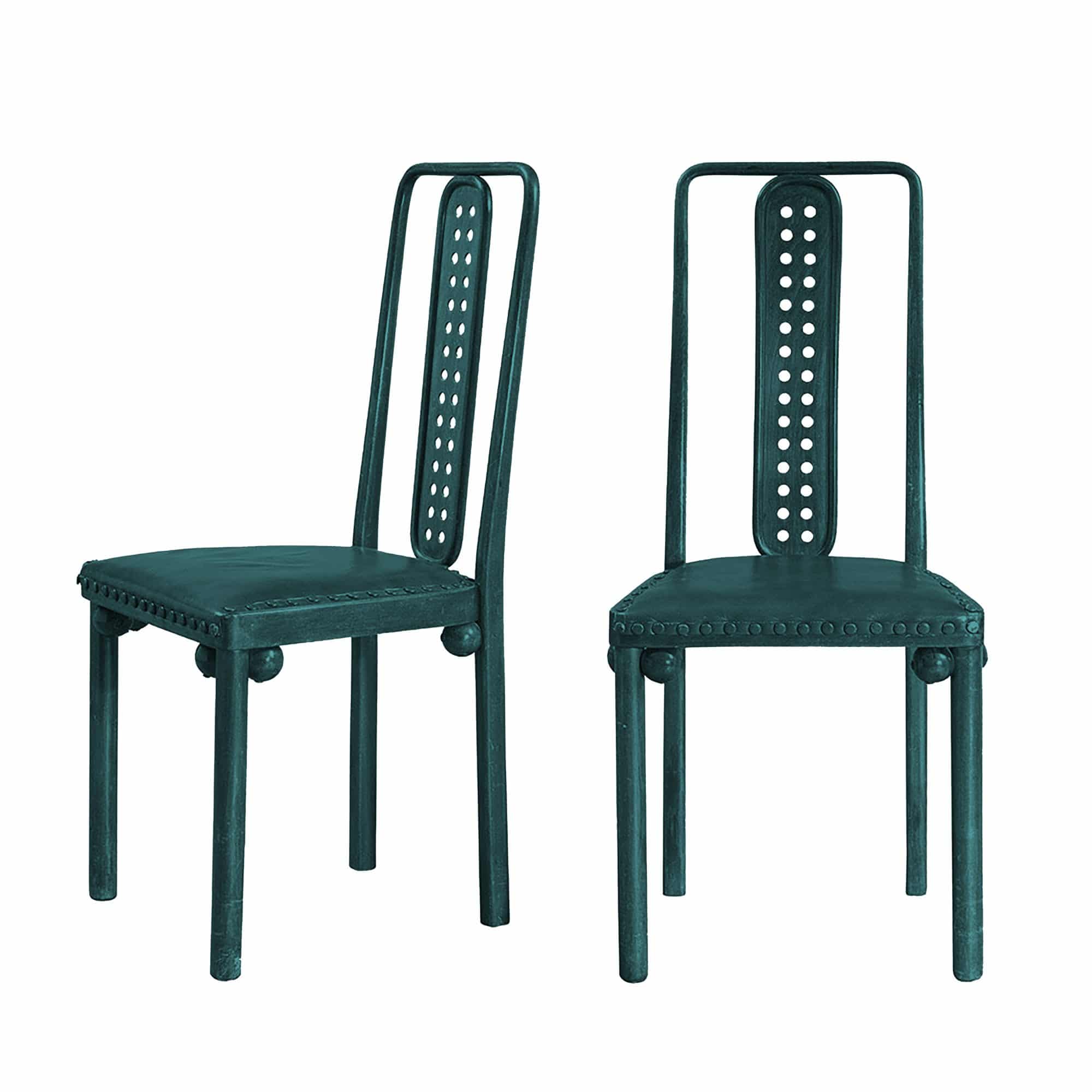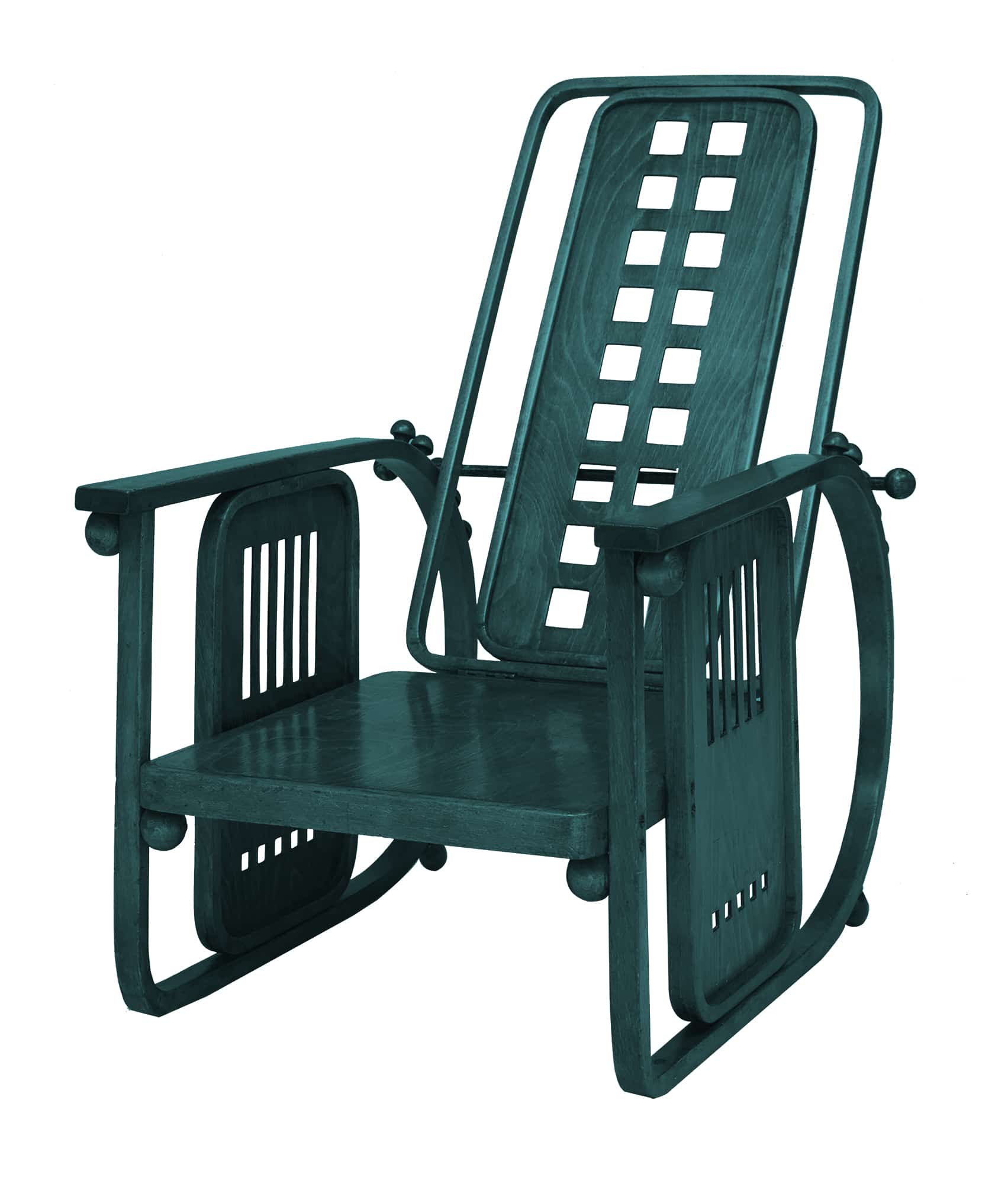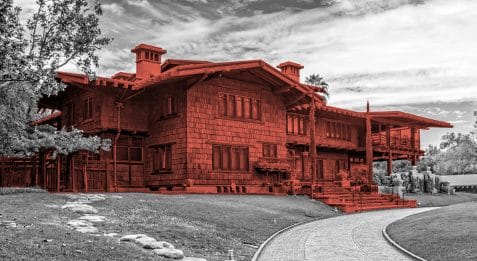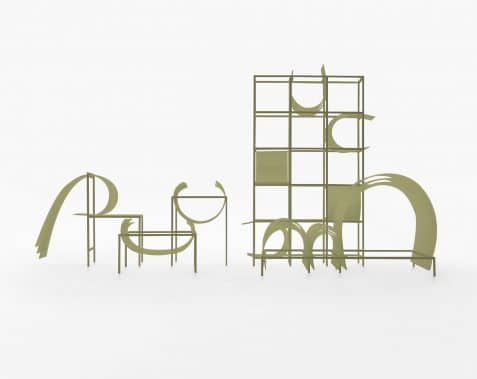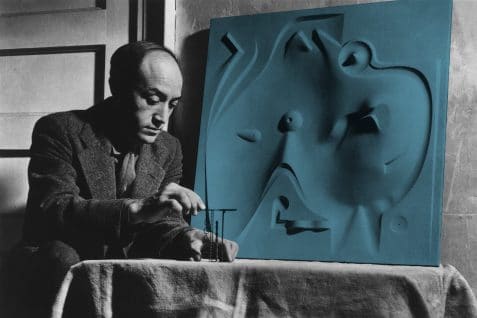INTERIOR
Josef Hoffmann and the Wiener Werkstätte #Hoffmann
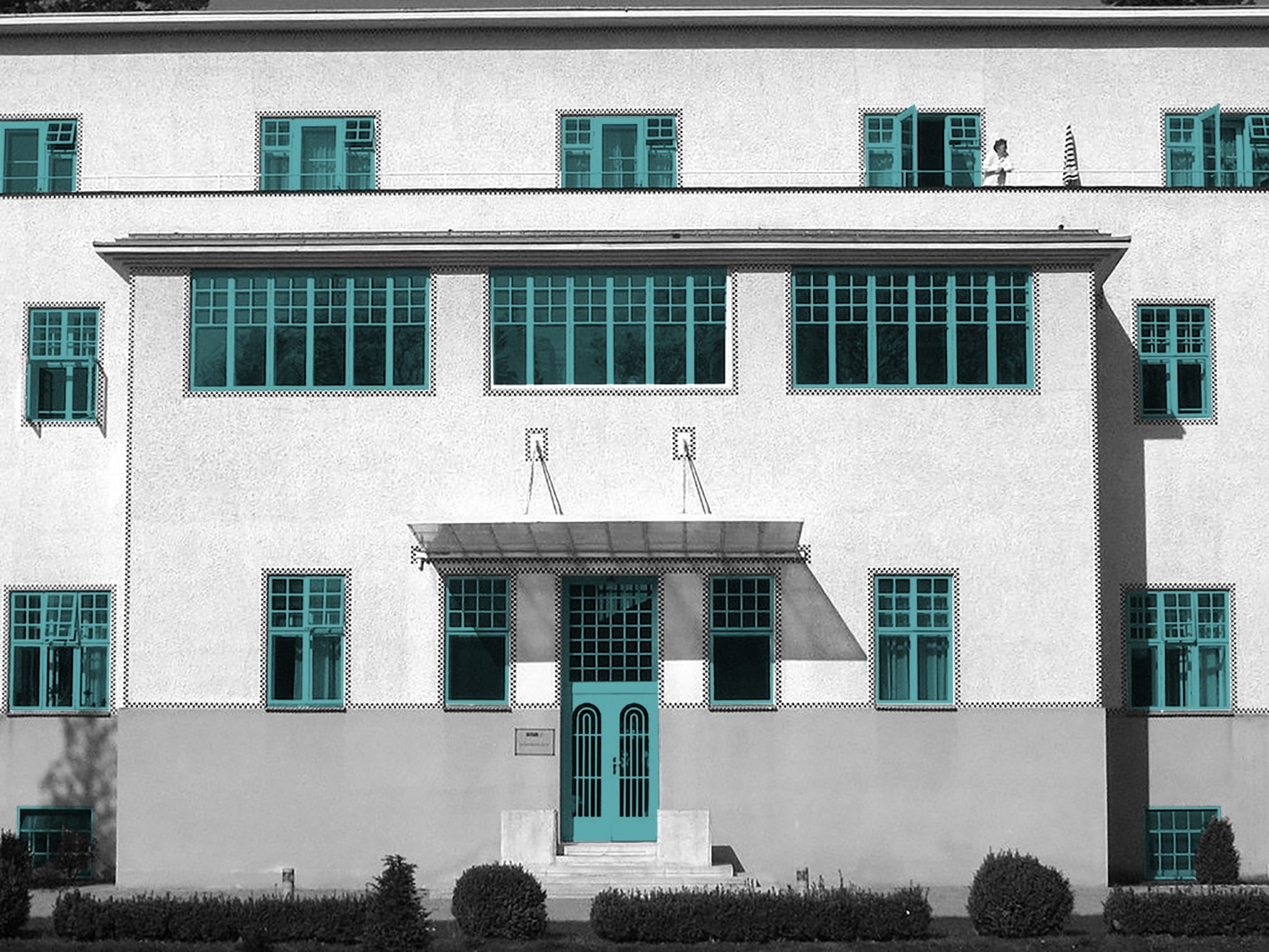
The architect Josef Hoffmann studied under Otto Wagner and, together with Joseph Maria Olbrich, Koloman Moser and Gustav Klimt, a founding member of the Secession, a group of artists formed in Vienna in 1897 that defended an art in tune with its time instead of a mere copy of the classic models.
In 1903, together with his fellow member in the Secession, Koloman Moser, he founded the Wiener Werkstätte or “Vienna workshops”, of which he would be artistic director. These, following the line defended by William Morris, tried to bring together artists and craftsmen in the creation of a total work of art or Gesamtkunstwerk. He also took part in the creation of the Deutscher Werkbund and its Austrian counterpart, Österreichischer Werkbund, in which they tried to bring together the worlds of art, crafts and industrial production in a clear antecedent to modern design.
Because of the use of regular geometric shapes as decorative motifs, such as the floor tiles of the Fledermaus cabaret or the upholstery of the Kubus armchair, Hoffmann was given the nickname Quadratl-Hoffmann.
I'm particularly interested in the square itself and the use of black and white as dominant colors, because these sharp elements have never appeared in previous stylesJosef Hoffmann.
Hoffmann’s work integrates architecture and design into an indivisible whole, although it ranges from an approximation closer to the line established by the Secession and influenced by the work of Charles Rennie Mackintosh, such as the Stoclet Palace where he included the murals of his Secession fellow, Gustav Klimt, and an approach closer to the Neue Sachlichkeit at the Purkersdorf Sanitarium. For this building he would create design pieces such as the Sitzmaschine chair with adjustable back or the M109 metal table lamp. Both pieces, as well as the rest of the furniture and equipment in these buildings, were produced by the Wiener Werkstätte.
